Fungi
Leaf anthracnose
Apiognomonia errabunda
Nikica Ogris, Thomas Cech
|
|

Fig. 1. Necrotic, brown spots appear mostly on the edge, but may also be on other parts of the leaf. Freckles can be combined. The leaves begin to wrinkle, curl, dry and, consequently, they can fall off prematurely
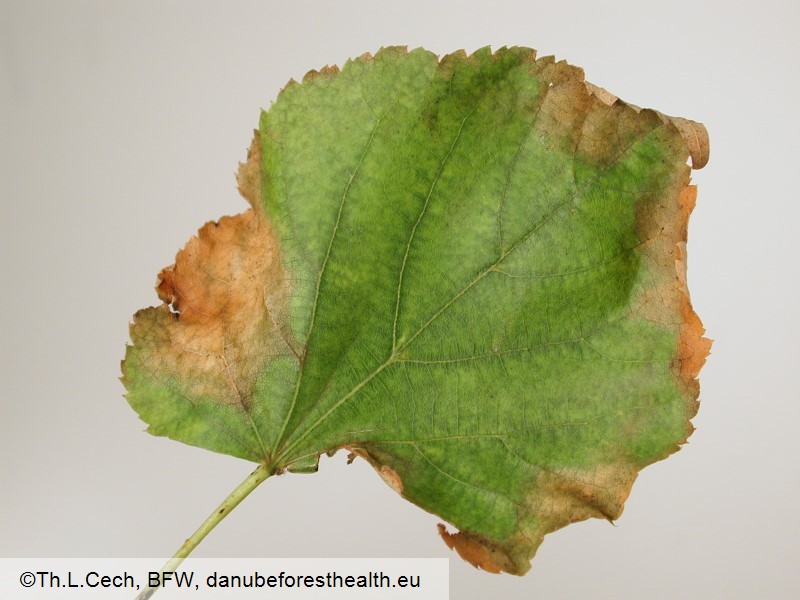
Fig. 2. Symptoms on lime tree (Tilia sp.)
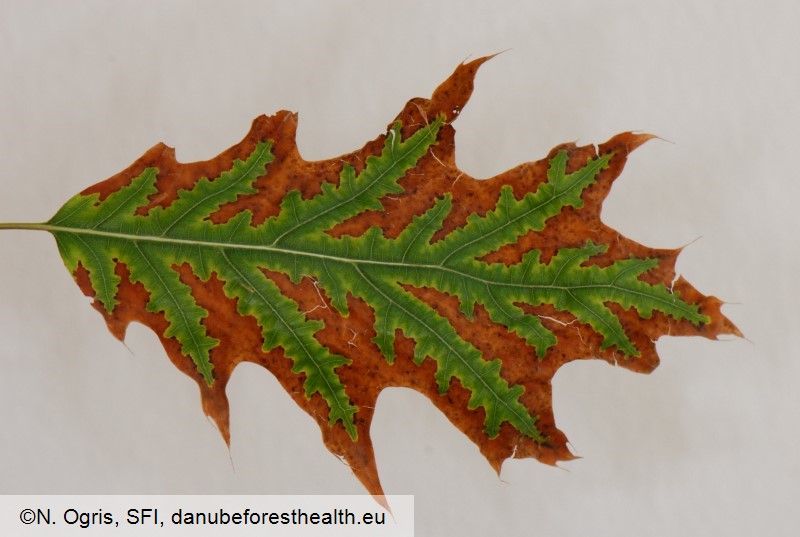
Fig. 3. Symptoms on oak (Quercus sp.)
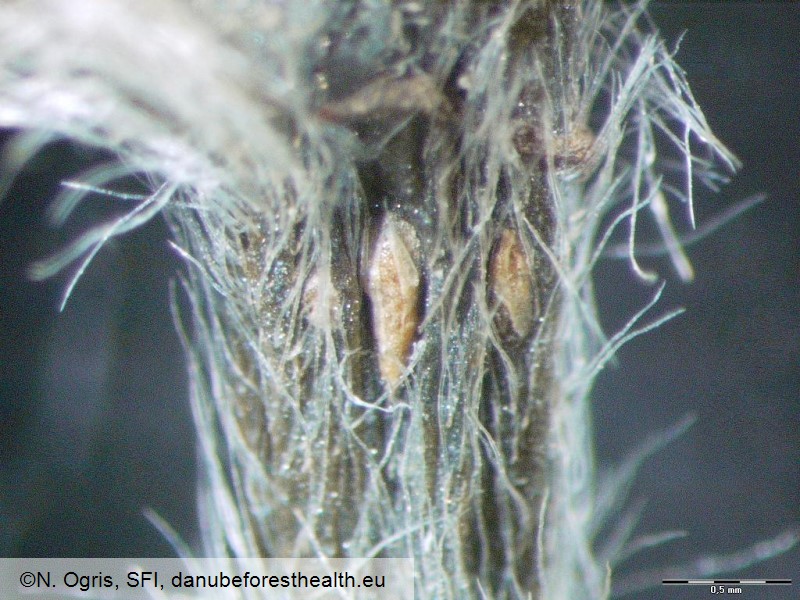
Fig. 4. Fruit bodies on the young beech shoot
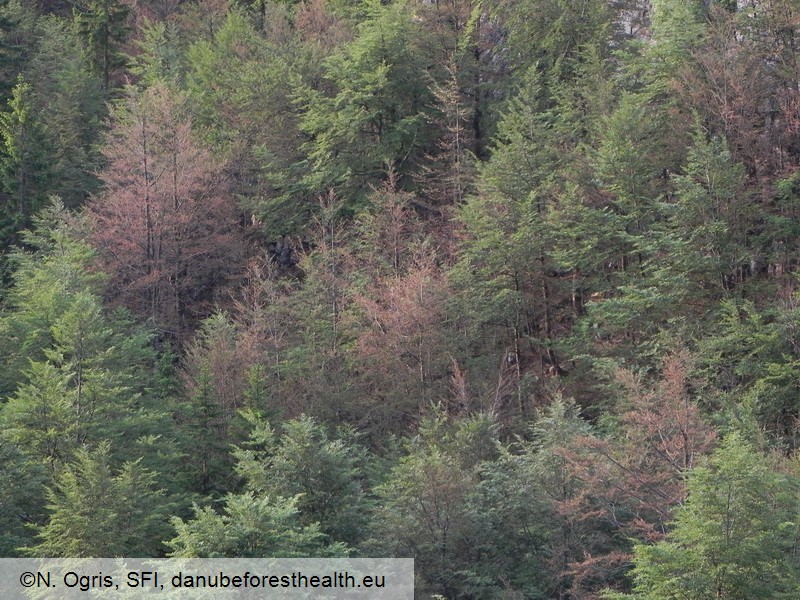
Fig. 5. Whole crown can be affected
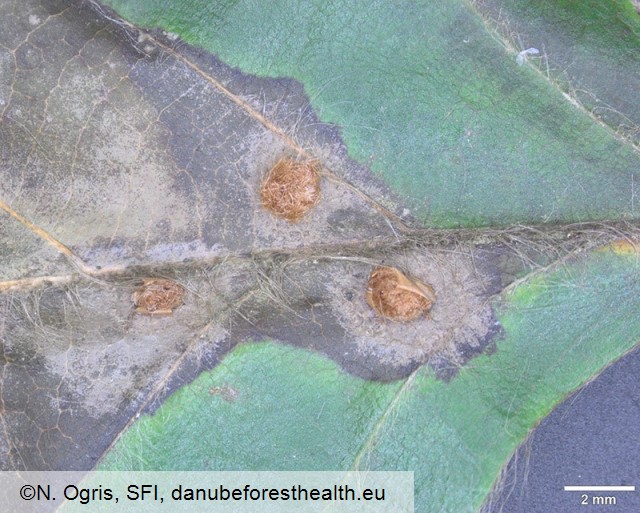
Fig. 6. Leaf anthracnose triggered by gall midge Hartigiola annulipes
DETECTION PERIOD:
from May to October
DESCRIPTION:
This disease is recognized by discrete, irregular brown necroses, distributed in patches on the leaf in spring (Fig. 1). The spots may become confluent and cover the entire leaf surface between the veins. However, a part of the leaf blade remains green. When the spots cover 70-80% of the leaf blade, the leaf withers, becomes papery and hazel-brown, and the leaf blade becomes twisted. When the fungus is abundant, young shoots can be infected too (Fig. 4).
HABITAT:
On beech (Fagus sylvatica), oaks (Quercus sp.), lime (Tilia sp.), birches (Betula sp.), dogwood (Cornus sp.); in natural and semi-natural habitats.
STATUS:
The fungus occurs in almost all green beech leaves as an endophyte without producing disease symptoms. The fungus only switches to a pathogenic phase when appropriate trigger is present. The main species acting as triggers are the pouch-gall midges, Mikiola fagi, and Hartigiola annulipes (Fig. 4). Late spring frost also acts as frequent trigger.
IMPACT:
Even severely infected trees flush again normally without any noticeable after-affects. Repeated infections, with their defoliations in consecutive years (Fig. 5), lead to a lower growth rate and, hence, a lower annual increment and predisposition to the facultative parasites.
SIMILAR SPECIES:
Similar leaf necroses are caused by the larva of the beech leaf miner (Rhynchaenus fagi), but these can be distinguished by the presence of the mined area linked by a narrow tunnel to the midrib of the leaf (Fig. 7). Pseudodidymella fagi, a disease causing leaf spots in beech, has been introduced into Europe quite recently. It is typical for humid sites and rainy seasons. The spots are more roundish but otherwise quite similar as the ones caused by Apiognomonia, but they usually appear in July and August (Fig.8).
|